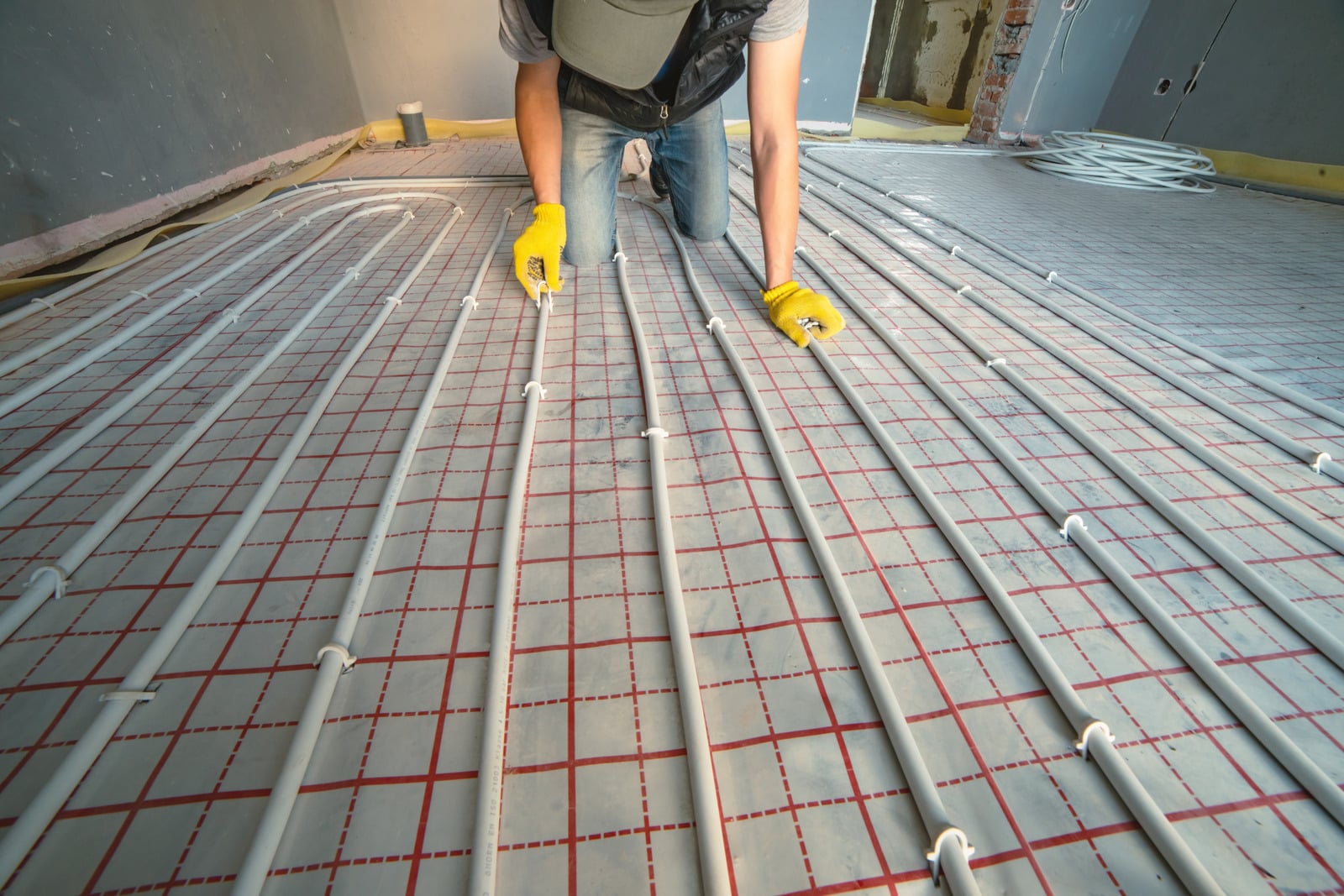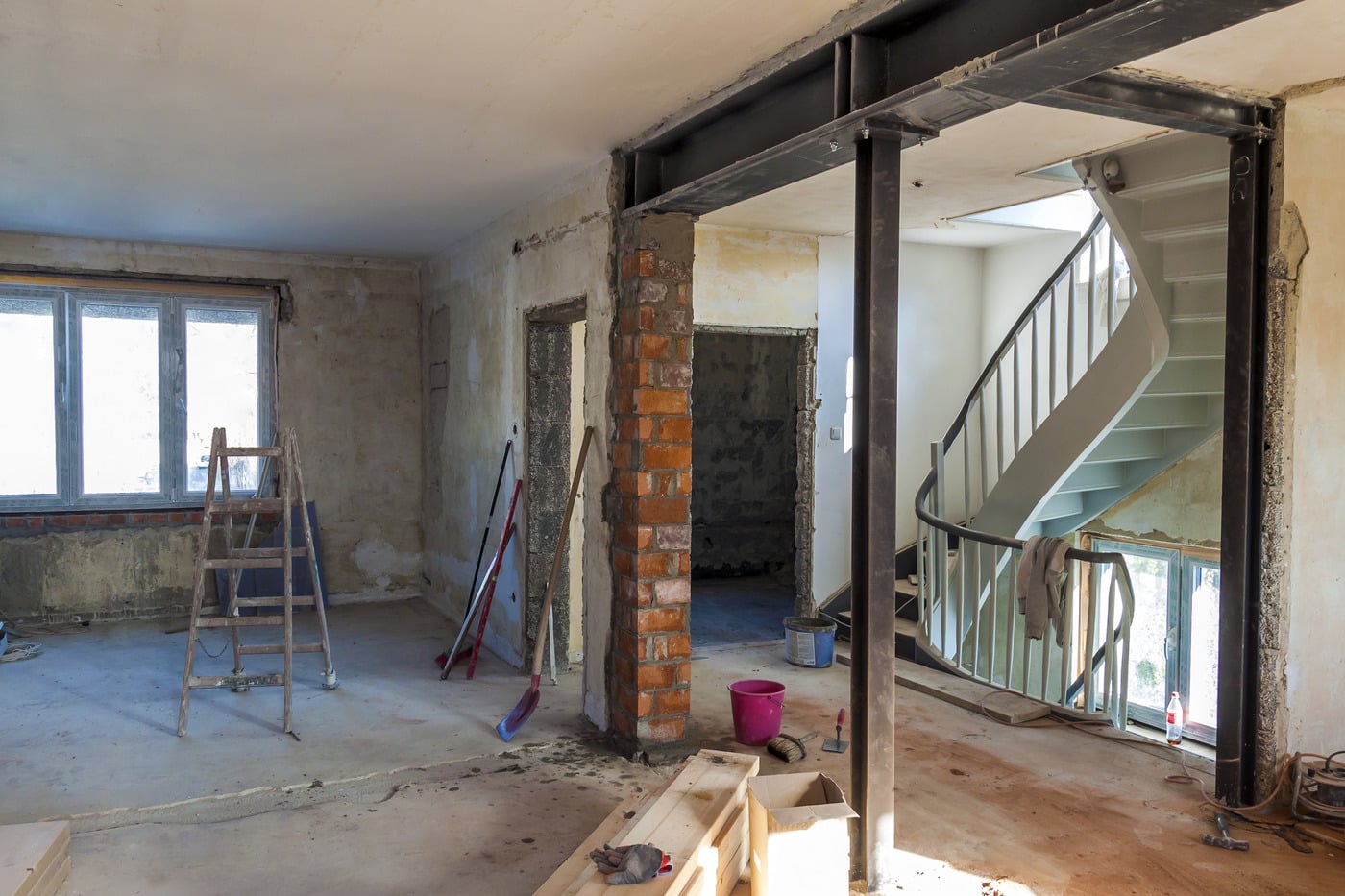More and more London homeowners are realising that the smartest move isn’t moving at all — it’s expanding. With property prices continuing to climb and suitable homes becoming harder to find, extending your existing house has become the go-to solution for adding space, comfort, and value without giving up your postcode.
It makes sense. Why leave a neighbourhood you love — with good schools, familiar streets, and neighbours you actually like — just because you’ve outgrown your square footage? A house extension lets you create the space you need while staying rooted where you belong. Whether it’s a bigger kitchen, a home office, or an extra room for family life, you can shape your home around how you actually live.
And there’s another benefit that often gets overlooked: return on investment. A well-designed extension can boost your property value significantly, particularly when it blends great design with energy efficiency. London buyers value light, space, and flow — and an intelligently built extension delivers all three.
Extending instead of moving isn’t just a practical choice; it’s an emotional one. You keep your memories, your community, and the comfort of home — but with a fresh layout that makes everything feel new again.
Why Extend Instead of Move?
In London’s unpredictable property market, buying a bigger house can feel like stepping into a financial storm. Stamp duty alone can take a painful bite out of your budget — not to mention agent fees, surveys, removals, and the inevitable renovations a “new” home usually needs. That’s why so many homeowners are choosing to invest that same money into the property they already own.
Building out instead of moving out lets you control every decision — from the shape of the space to the materials on the walls. You’re not settling for someone else’s design compromises. You’re crafting a space that fits your family and your lifestyle perfectly. And the continuity you gain by staying in your local area — the schools, the community, the routines — is worth far more than any new postcode.
Popular Extension Types That Work in London
Once you decide to extend, the next question is how. London’s housing stock is diverse, and so are the options. A few proven winners:
- Rear extensions: push into the garden to unlock an open-plan kitchen-diner and a better indoor–outdoor flow.
- Side-return extensions: reclaim the narrow alley beside many Victorian/Edwardian homes to widen cramped kitchens and add light.
- Wrap-around extensions: combine rear + side return for an L-shaped, bright, flexible family zone.
- Double-storey extensions: add real long-term value with bedrooms/bathrooms above a new ground-floor space.
- Basement conversions: in space-tight areas, turn underused cellars into cinemas, gyms or guest suites.
The right choice depends on your home, your lifestyle, and your budget. Even a modest addition, when designed well, can completely change the way your house feels.
Rear Extensions: Big Impact, Sensible Disruption
A rear extension is often the simplest way to make the biggest difference. By extending into the garden, you gain the space to open up your kitchen, add a dining area, or simply make your ground floor flow better. The beauty of this approach is its flexibility — it works equally well for modern minimalism or traditional charm.
Think of what you gain: more light from roof lanterns and sliding/bi-fold doors, better connection with the outdoors, and a layout that finally feels open and social. Compared to loft or basement work, it’s also less disruptive and quicker to build — a smart, high-impact solution that pays off in lifestyle and resale value.
Side-Return & Wrap-Around: Making Every Inch Count
That narrow passageway beside your kitchen might look useless — until it becomes part of the room. A well-designed side-return extension widens cramped kitchens and brings in daylight through skylights or glazed roofs. Combine it with a rear extension, and you’ve got a wrap-around transformation that opens up your home dramatically — perfect for flexible, family-first living.
Single Storey or Double Storey?
Single-storey is straightforward: cheaper, faster, and ideal for reworking the ground floor into a sociable, light-filled space.
Double-storey costs more upfront but delivers far more space per pound spent — bedrooms, bathrooms or an office upstairs over a new kitchen/living zone. If you’re staying put for years, it’s a strong long-term move.
Permissions, PD and Paperwork (the Calm Version)
London’s planning system can feel like a maze, but it’s one you need to navigate carefully. The good news: many smaller projects fall under Permitted Development (PD) — no full planning application required if you stay within limits (depth/height/materials/coverage).
That said, conservation areas, listed buildings, and taller or more complex designs typically require planning permission. You may also need a Party Wall Agreement and you will always need Building Regulations approval for safety and compliance.
Even when building under PD, apply for a Lawful Development Certificate. It’s not mandatory but gives legal proof you followed the rules — invaluable on resale. A good local builder/architect will manage drawings, submissions and liaison with the council to keep things moving.
Budgeting That Actually Works
In London, typical build costs run around £2,500–£3,500 per m², depending on location, access, structure and spec. The smartest way to stay in control? Break the project into clear buckets: construction, materials, glazing, kitchens/bathrooms, professional fees — and a realistic 10–15% contingency.
The more detail in your drawings and quote, the fewer surprises later. Clarity saves money.
What Really Drives Cost
- Scale & complexity: wrap-arounds, basements and heavy structure (steel, underpinning) push prices up.
- Access: terraced homes with no side entrance increase labour time and logistics.
- Planning constraints: conservation/listed status adds consultants, revisions and time.
- Spec & glazing: slimline aluminium, roof lanterns, bespoke joinery and premium finishes carry a premium.
- Hidden conditions: old wiring, damp, asbestos — London homes love surprises. Your contingency protects you.
Design That Feels “Meant To Be”
A great extension never looks bolted on. It respects the architecture: rooflines, brickwork, window proportions — and it carries continuity indoors through flooring, lighting and details. Above all, it’s planned around how you live: zones for cooking, eating, working and relaxing, with generous natural light from skylights and glazed doors.
The right partner translates your needs into a space that feels both intuitive and timeless.
What’s Trending (for the Right Reasons)
- Open-plan, smartly zoned: flow without echo — broken-plan layouts using furniture, screens and joinery.
- Garden connection: large sliders/bi-folds, level thresholds, outdoor “rooms” to extend living space.
- Light from above: frameless roof lights and slimline glazing to lift modest footprints.
- Texture & tone: timber, stone, brick and calm, natural palettes for warmth and longevity.
- Built-in utility: hidden desks, pocket doors, storage walls — flexible living for working families.
Energy Efficiency as Standard
With energy costs rising and regulations tightening, performance matters. High-spec insulation, airtight construction, smart ventilation (MVHR), double/triple glazing and underfloor heating make spaces comfortable and efficient. Yes, they can lift upfront cost — but they pay back in comfort, bills and resale value.
Why a Local Builder Helps
Local knowledge saves time: borough planning habits, soil/drainage quirks, access realities — plus faster site visits and better aftercare. Local teams also rely on reputation, which tends to mean clearer communication and stronger accountability.
Choosing the Right Contractor
- Ask for detailed, itemised quotes — no vague allowances.
- Check insurance, guarantees and who runs the site day-to-day.
- Review relevant projects, references and speak to past clients.
- Trust your gut: you’ll be working together for months — collaboration beats confrontation.
The Journey: From Idea to Keys
- Consultation & brief: goals, budget, measurements, constraints.
- Design & planning: concept options, structural input, final drawings, permissions/PD.
- Approvals: planning (if needed), party wall, building control.
- Prep: protection, demolitions, foundations, services.
- Build: structure, roof, glazing, first fix M&E, insulation, plaster.
- Fit-out: kitchens/bathrooms, flooring, lighting, decorating.
- Handover: snagging, certificates, warranties, clean site.
Avoiding Common Pitfalls
- Budget drift: include VAT, fees and a real contingency.
- “Cheap” quotes: if it’s vague, it’s risky — clarify scope and specs.
- Skipping permissions: PD ≠ free-for-all — get an LDC, follow regs.
- Late changes: decide early — design shifts mid-build cost time and money.
- Rushing snagging: list, check, sign off — details matter in daily life.
Extension vs. Loft: Value & Lifestyle
Both add value, in different ways. A loft conversion typically lifts value by 15–20% (new bedroom/bathroom). A well-designed extension can add 10–25%, especially when it transforms family space. Choose based on how you live: upstairs sleeping space vs. downstairs flow and social zones.
What We Build, and Why It Works
At Force Builders, we’ve delivered everything from sleek glass rears in Chiswick to warm brick wrap-arounds in Richmond. Every project is different, but the principle is the same: design with purpose, build with care, finish with precision. The right extension changes everyday life — brighter mornings, better flow, more joy in the ordinary moments.
If you’re ready to explore what’s possible, we’re here to help turn plans into places you love to live in.
FAQ: Quick Answers
Do I need planning permission? Many single-storey rear extensions fall under PD; double-storey, wrap-arounds and homes in conservation areas often need permission. Always check early.
How much does it cost? Broadly £2,500–£3,500 per m² in London, plus fees and contingency. Spec, access and structure drive variation.
How long does it take? Single-storey: roughly 8–12 weeks. Double-storey/complex: 12–20+ weeks, subject to planning and conditions.
Can I live at home during works? Often yes for rear/side projects, though there will be noise/dust. Plan around key phases.
How do I make it efficient? High-performance insulation, quality glazing, airtight build, UFH and smart controls — comfort now, savings later.





